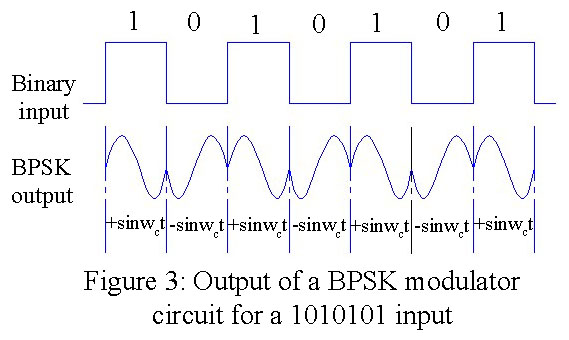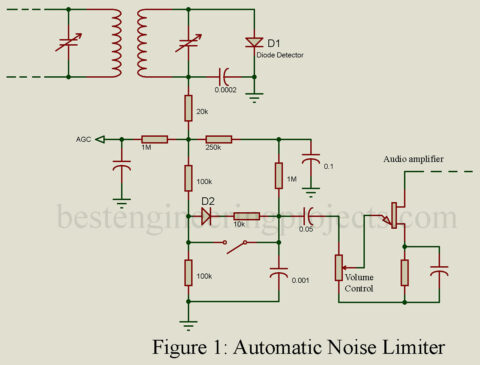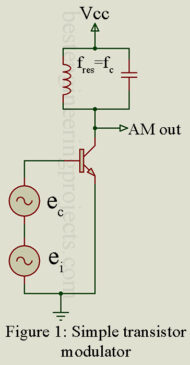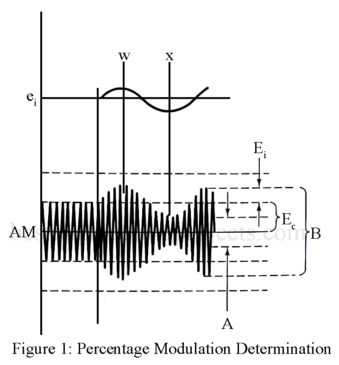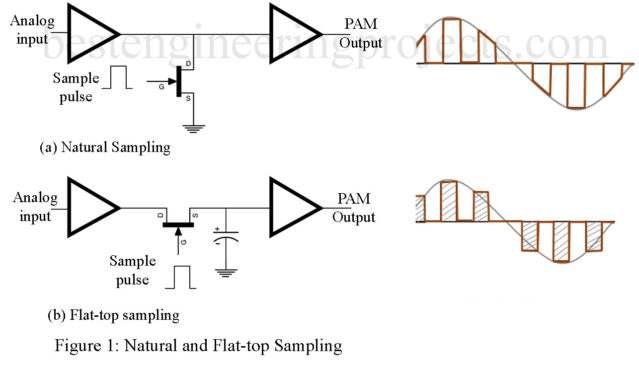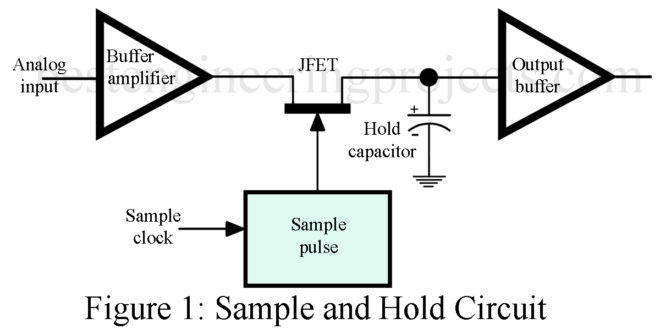MOSFETs, or Metal-Oxide-Semiconductor Field-Effect Transistors, are widely used in many electronic applications because of their practical switching and amplifying functions. Two kinds of MOSFETs are used: the Enhancement MOSFET and the Depletion MOSFET. Each type differs in characteristics, advantages, and disadvantages. Here is a short overview to compare the pros and cons of enhancement and depletion MOSFETs to decide which will suit your application. Enhancement MOSFETs Starting from The enhancement, MOSFETs are the most applied type in today’s electronics. They are “normally off” when V_GS = 0, and thus, no…
Read MoreCategory: Electronic Tutorial
Unveiling the Power of Phase Shift Keying (PSK) in Digital Communications
Phase Shift Keying (PSK) is an exceptionally efficient method of data modulation known for its remarkable reliability. In this article, we delve into the intricacies of PSK modulation and its diverse applications. Understanding Phase Shift Keying (PSK) Modulation One of the most efficient methods for data modulation is phase shift keying (PSK). PSK systems provide a low probability of error. The incoming data causes the phase of the carrier to phase-shift a defined amount. The Mathematical Expression of PSK This relationship is expressed as: …..(1) where: i= 1,…
Read MoreAutomatic Noise Limiter Circuit
Man-made sources of external noise are extremely troublesome to highly sensitive communications receivers as well as to any other electronic equipment that is dealing with signals in the microvolt region or less. The interference created by these man-made sources, such as ignition systems, motor communication systems, and switching of high current loads, is a form of electromagnetic interference (EMI). Reception of electromagnetic interference by a receiver creates undesired amplitude modulation, sometimes of such large magnitude as to adversely affect Frequency Modulation reception, to say nothing of the complete havoc created…
Read MoreWhat is Antenna Coupler?
Once the AM signal is obtained at the final stage, it is necessary to “couple” this signal into the antenna. The circuit which is used to couple the final stage with the antenna is called the antenna coupler. The antenna coupler network for this system is comprised of inductors (L3 and L4), and capacitors (250pF and 150 pF) as shown in Figure 1. This filter configuration is termed a double-pi network. To obtain maximum power transfer to the antenna, it is necessary that the transmitter’s output impedance be properly matched…
Read MoreCircuit of AM Generation
Amplitude modulation is generated by combining carrier and intelligence frequencies through a nonlinear device. Diodes have nonlinear areas, but they are not often used because, being passive devices, they offer no gain. Transistors offer nonlinear operation (if properly biased) and provide amplification, thus making them ideal for this application. Figure 2 shows an input/output relationship for a typical bipolar junction transistor (BJT). Notice that at both low and high values of current, nonlinear areas exist. Between these two extremes is the linear area that should be used for normal amplification.…
Read MoreAnalysis of Amplitude Modulation
Analysis of Amplitude Modulation The equation for the amplitude of an AM waveform can be written as the carrier peak amplitude, EC, plus the intelligence signal, ei. Thus, the amplitude E is E = EC + ei but , so that From the above Equation, Ei = mEC, so that The instantaneous value of the AM wave is the amplitude term E just developed times . Thus, Notice that the AM wave (e) is the result of the product of two sine waves. This can be expanded with the help…
Read MorePercentage Modulation | Overmodulation
It was determined that an increase in intelligence amplitude resulted in an AM signal with larger maximums and smaller minimums. It is helpful to have a mathematical relationship between the relative amplitude of the carrier and intelligence signals. The percentage modulation provides this, and it is a measure of the extent to which a carrier voltage is varied by intelligence. The percentage modulation is also referred to as modulation index or modulation factor, and they are symbolized by m. Figure 1 illustrates the two most common methods for determining percentage…
Read MorePulse Amplitude Modulation
The concept of pulse amplitude modulation (PAM) has been introduced in this article. Still, there are a few specifics regarding the creation of pulse amplitude modulated signal at the output of a sample-and-hold circuit that necessitates discussion. There are two basic sampling techniques used to create a PAM signal. The first is natural sampling. Natural sampling is when the tops of the sampled waveform (the sampled analog input signal) retain their natural shape. An example of natural sampling is shown in figure 1(a). Notice that one side of the analog…
Read MoreCapabilities and Limitation of Sample and Hold Circuit
Introduction to Sample-and-Hold Circuit Most analogs to digital converter (A/D) integrated circuits come with sample and hold circuits (S/H) integrated into the system, but it is still necessary for the user to have a good understanding of its operation, including both the capabilities and the limitations of the Sample and hold circuit. A typical S/H circuit is shown in Figure 1. The analog signal is typically inputted into a buffer circuit. The purpose of the buffer circuit is to isolate the input signal from the S/H circuit and to provide…
Read MoreDelta Modulation | Delta Modulation Comparison
Delta modulation (DM), sometimes called slope modulation, is another truly digital system (as is PCM). It transmits information to only indicate whether the analog signal it encodes is to “go up” or “go down.” This process is shown in Figure 1. Note that the encoder outputs are highs or lows that “instruct” whether to go up or go down, respectively. The relative simplicity of this system is readily apparent as compared to PCM. Delta modulation takes advantage of the fact that voice signals do not change abruptly and there is…
Read More
